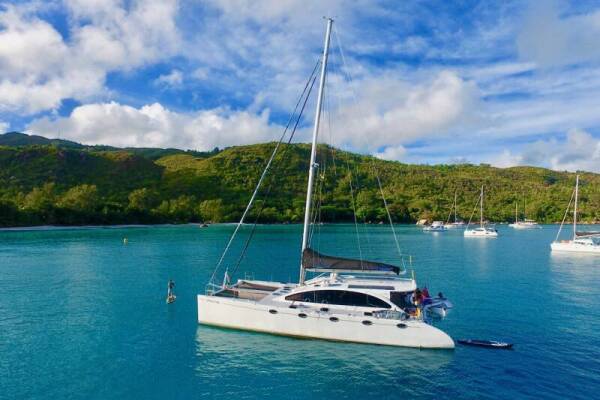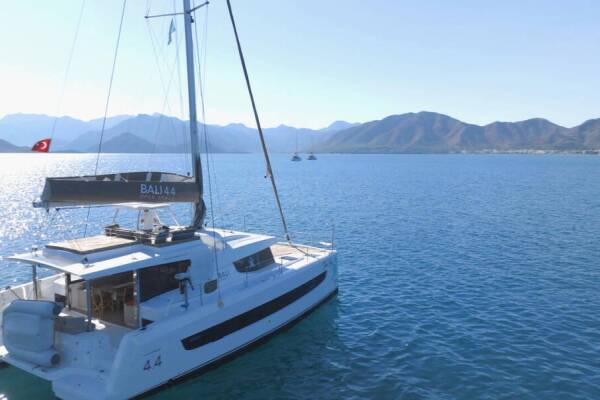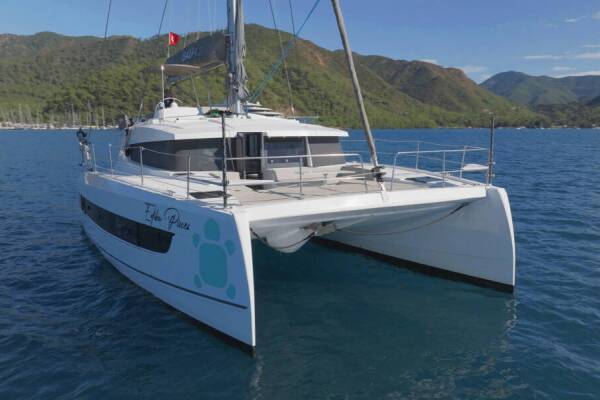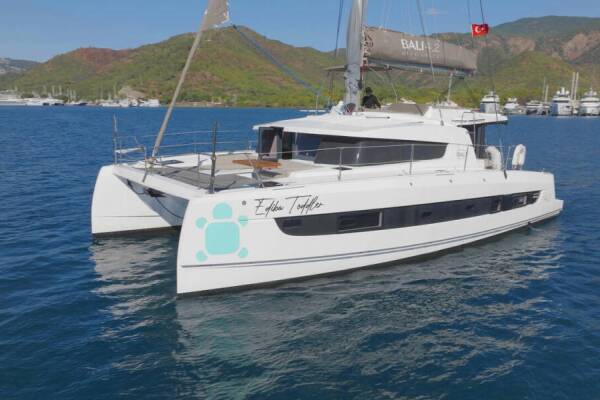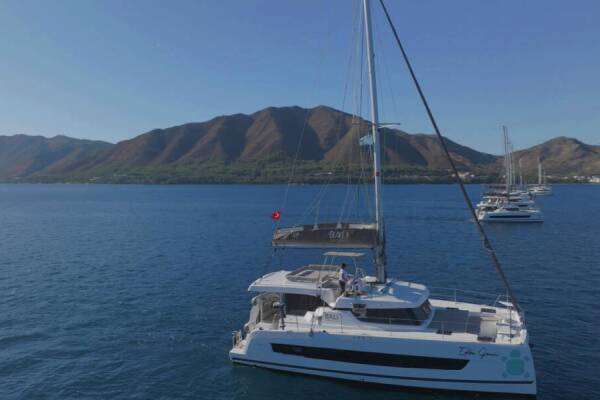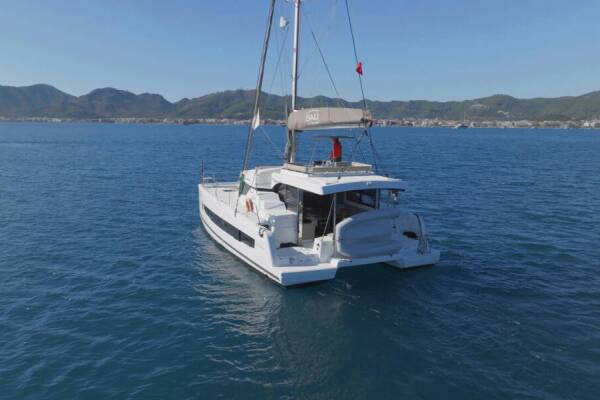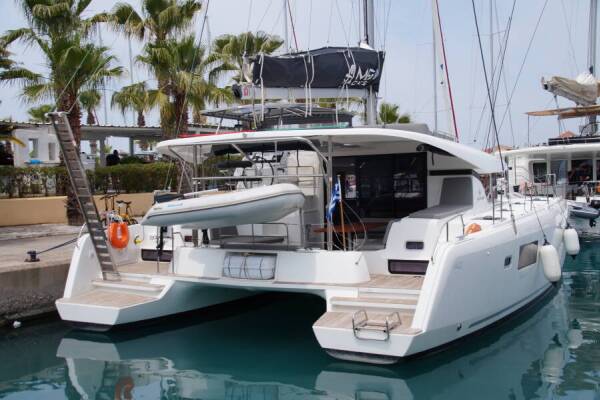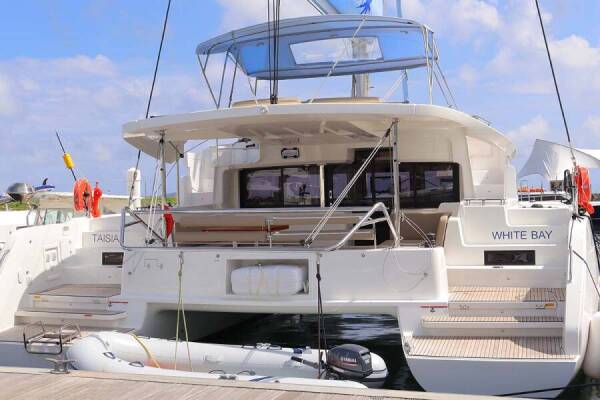Yacht Charter from the "Adriatic Pearl" - Dubrovnik
Dubrovnik, located on the stunning Dalmatian Coast of Croatia, is a captivating destination for yacht charters. Known as the "Pearl of the Adriatic," Dubrovnik boasts a rich history, charming architecture, and breathtaking natural beauty. Dubrovnik is a destination of culture, festivals, prestigious art happenings, major open-air events, excellent artists and athletes, and architectural treasures.
Here's a glimpse into why Dubrovnik is an ideal yacht charter destination in Croatia:
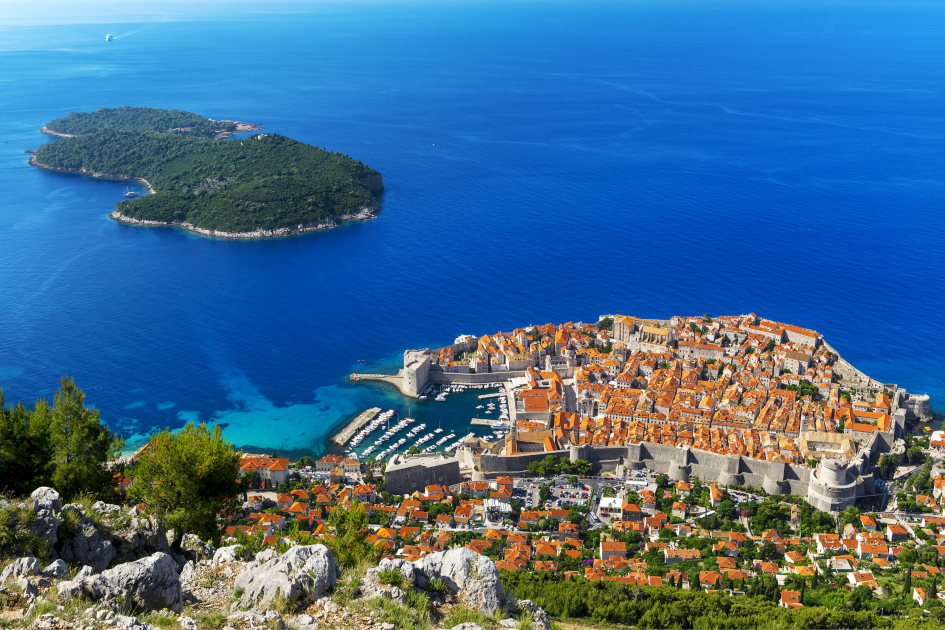
Island Hopping
One of the great attractions of chartering a yacht in Dubrovnik is the opportunity to explore the nearby islands. The nearby islands of Mljet, Korčula, Lastovo, Elaphites, and Pelješac peninsula are just a short sail away, each offering its unique charm. These islands are perfect for snorkeling, swimming, and experiencing the local culture and cuisine.
Due to the vicinity of Dubrovnik airport, which has excellent international connectivity, Dubrovnik is an easily accessible destination.
It is possible to charter a sailing yacht, catamaran, motor yacht, or luxury gulet from ACI marina Miho Pracat or Marina Slano, which is 35 km north of Dubrovnik. The Adriatic Sea offers excellent sailing conditions, with calm waters and favorable winds for most of the sailing season. Whether you're an experienced sailor or a novice, the region provides a pleasant yachting experience.
One of the most popular sailing itineraries on a yacht charter from Dubrovnik is the one-way sailing route from Dubrovnik to Split.
However, if you can`t do the one-way trip, a round trip is a perfect choice: Dubrovnik - Dubrovnik 7-day itinerary.
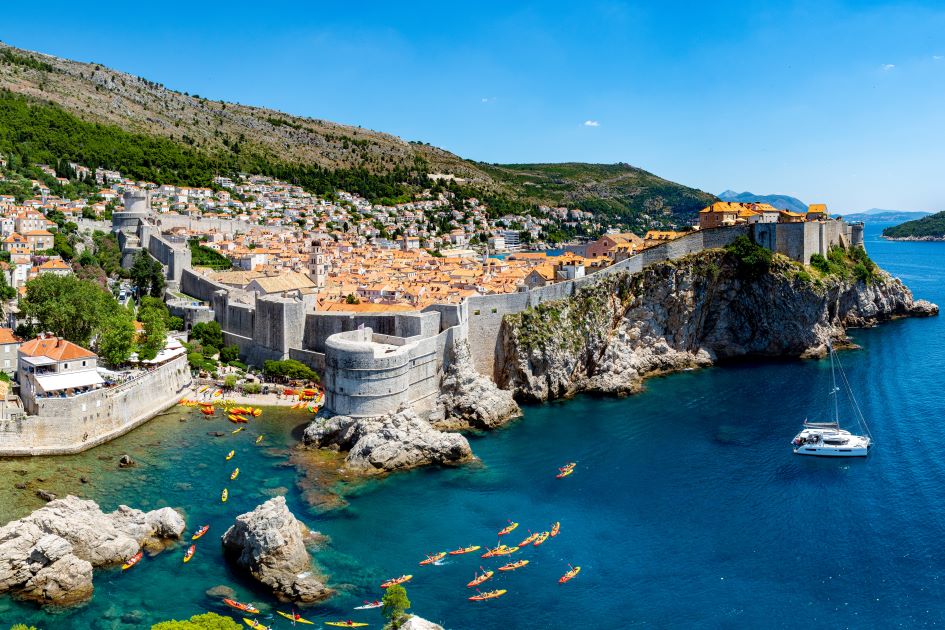
Spectacular Coastline
Dubrovnik's spectacular coastline along the Adriatic Sea is a major draw for yacht charter enthusiasts. The region's coastline is renowned for its scenic beauty, pristine waters, and a wealth of islands and coves waiting to be explored. Here's more about the spectacular coastline that makes Dubrovnik an ideal destination for a yacht charter:
-
Chrystal Clear waters
The Adriatic Sea surrounding Dubrovnik boasts exceptionally clear and clean waters, making it perfect for swimming, snorkeling, and other water activities. The transparency of the sea allows for incredible visibility, revealing vibrant marine life and underwater landscapes.
-
Hidden Coves and Beaches
The Dubrovnik coastline is dotted with hidden coves and beaches that are often only accessible by boat. This exclusivity allows yacht charter guests to discover private and serene spots, where they can relax, swim, and soak in the beauty of the surroundings without the crowds.
-
Elaphiti Islands
Just a short sail from Dubrovnik, the Elaphiti Islands are a stunning archipelago consisting of Koločep, Lopud, and Šipan, among others. Each island has its unique charm, with secluded beaches, lush vegetation, and picturesque villages. A yacht charter allows you to hop between these islands, exploring their natural beauty and enjoying peaceful anchorages.
-
Historical Coastal Towns
The Dubrovnik coastline is adorned with charming coastal towns and villages, each with its history and character. From Cavtat to Ston, these towns provide a glimpse into the rich maritime heritage of the region, and exploring them by yacht offers a unique perspective.
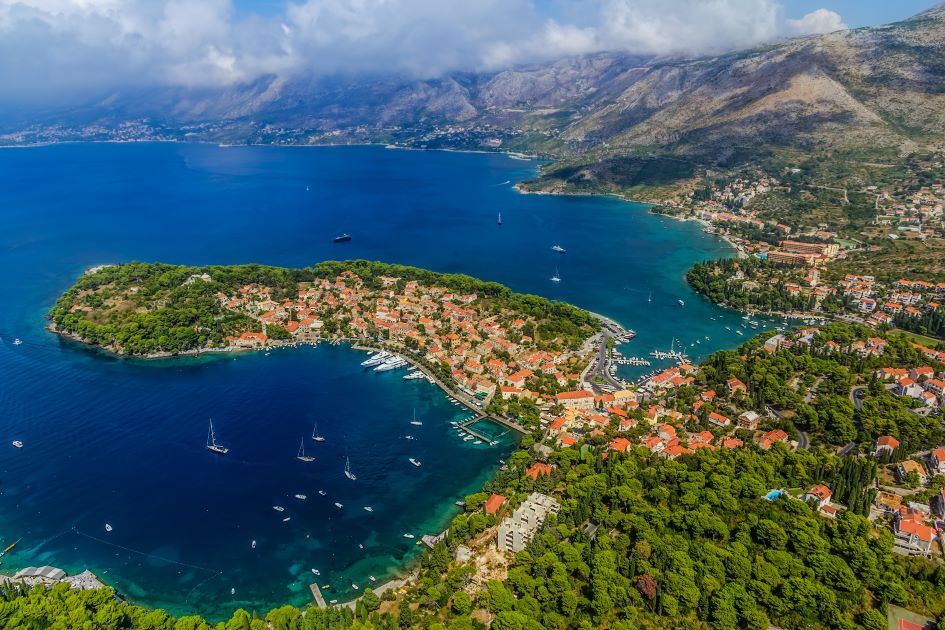
Cavtat
Historical Charms
Dubrovnik is renowned for its well-preserved medieval architecture and historic significance. The Old Town, a UNESCO World Heritage Site, is surrounded by impressive stone walls that have protected the city for centuries. Yachting enthusiasts can explore the city's historic streets, and visit landmarks like the Rector's Palace and Sponza Palace.
The entire harmony and the simplicity of the old City of Dubrovnik are reflected in its main street Placa, called Stradun. Stradun is 298 meters long, and the Statute from 1272 determined the final plan of both the City and its main street. The uniform Baroque architecture of the houses in Stradun, with shops on the street level and their knee-like entrances, got its present-day form in the City's restoration after the disastrous earthquake in 1667. Today, Stradun is still the shopping center and venue of major events.
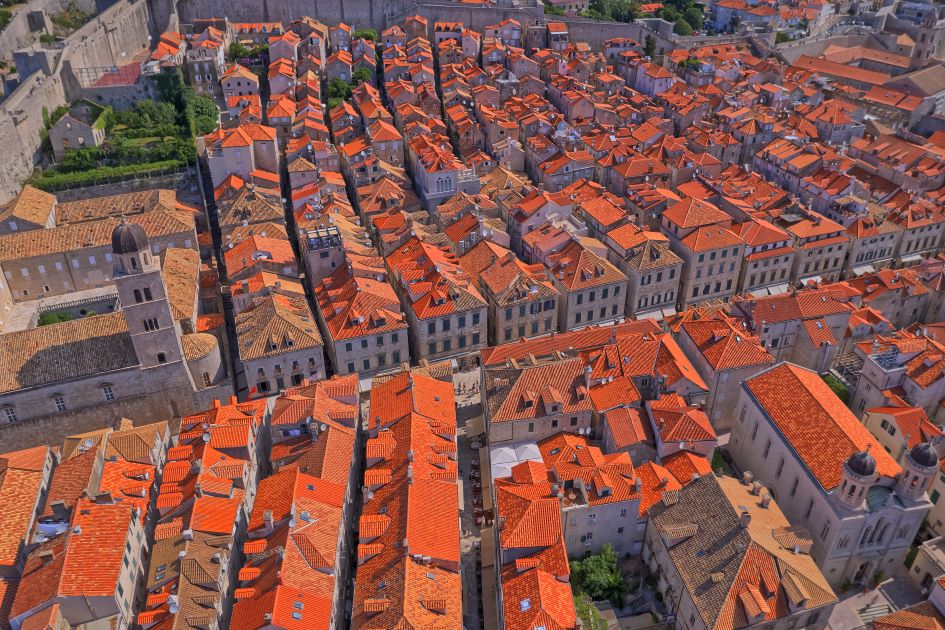
Stradun Street
The tremendous geographic position enabled the significant development of the City in the past. It was a major maritime and mercantile port between the west and east of the Adriatic. By the beginning of the 15th century, it became the independent Dubrovnik Republic. The Dubrovnik merchant navy matched world levels with its quality fleet of 180 to 200 ships. The merchant fleet sailed throughout the Mediterranean and the Black Sea, and even across the ocean.
With material prosperity, security, and freedom, the humanist culture flourished, which further inspired ardent creativity. Dubrovnik reached magnificent achievement levels in its urban and architectural development, literature and poetry, sciences, and many other art and culture fields.
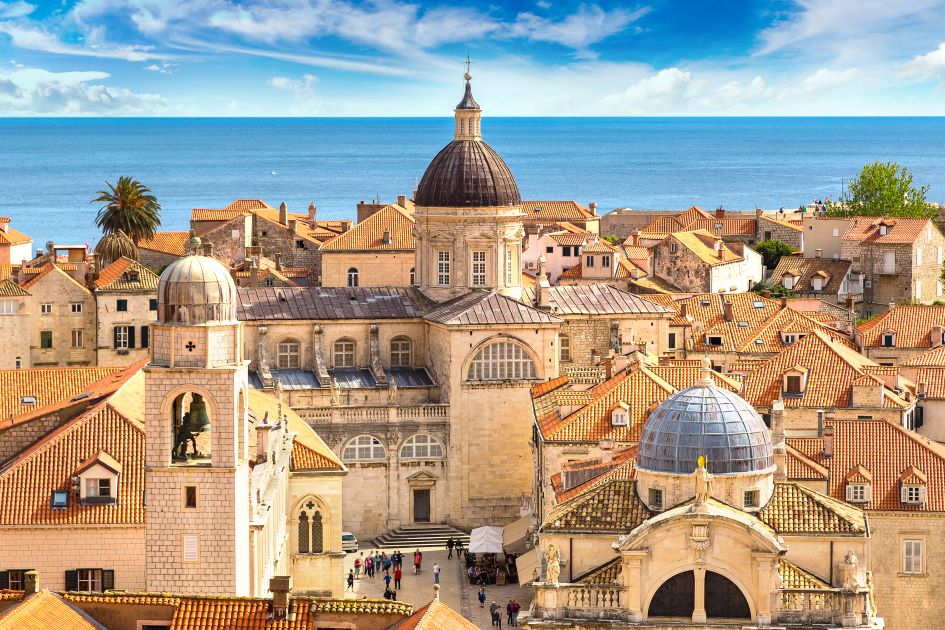
Cultural Experiences
Throughout the year, Dubrovnik hosts various cultural events and celebrations. From the Feast of St. Blaise, the city's patron saint, to local folk festivals and art exhibitions, there's always something happening. Participating in these events provides a unique opportunity to engage with the local culture and traditions.
The city is home to several museums that provide insight into its rich cultural and historical heritage. The Rector's Palace Museum, the Maritime Museum, and the Dubrovnik Cathedral Treasury are just a few places where you can explore artifacts, art, and historical exhibits.
If your yacht charter coincides with the summer months, you might have the opportunity to experience the Dubrovnik Summer Festival. This renowned cultural event features a plethora of open-air performances, including theater, music, and dance. The backdrop of historic venues such as the Rector's Palace and St. Blaise's Church adds to the magical atmosphere.
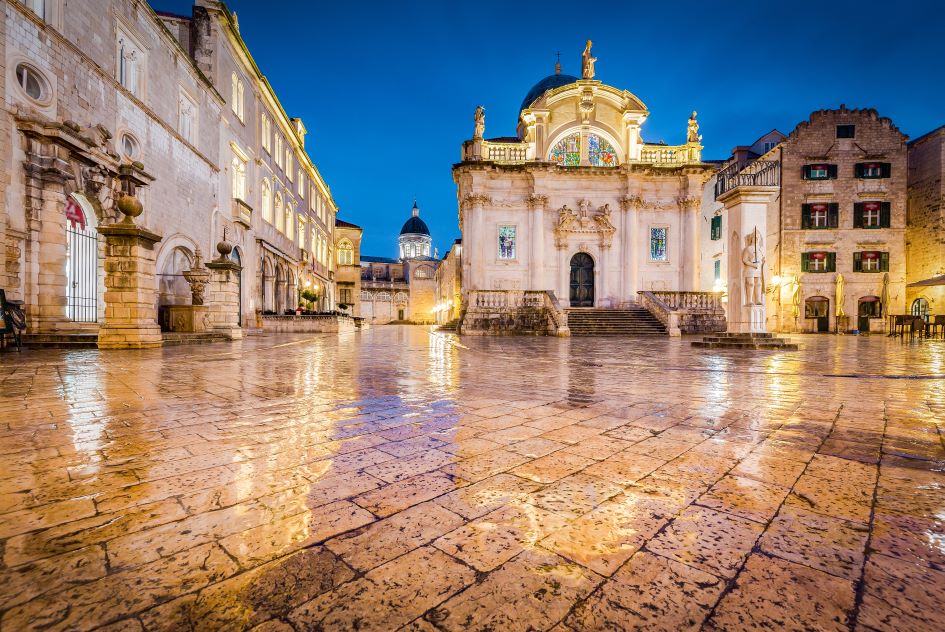
St. Blaise`s Church
Culinary Delights
Dubrovnik and its surrounding islands are known for their delicious seafood and Mediterranean cuisine. Yacht charter guests can indulge in fresh seafood, local wines, and traditional Croatian dishes at waterfront restaurants. The city's Old Town is dotted with charming cafes and eateries where you can savor the flavors of the region.
Traditional Dubrovnik cuisine characterizes the use of as many natural ingredients as possible, with as few spices as possible.
In addition to lobster, Ston oysters, fish, and the famous spork mackerel that are always served at the Feast of St. Vlaha, Dubrovnik's gastronomy is especially rich in the selection of original desserts.
Standing out desserts are rožata, egg cream with caramel topping, cotonjata, sweet quince jelly, arancini, candied homemade orange peel, and brussels sprouts, caramelized almonds.
In addition to all the famous Dubrovnik restaurants with traditional cuisine, in Dubrovnik, you can also enjoy restaurants that offer international cuisine.
Dubrovnik's best gastronomic experience is to dine "al fresco" on the beautiful terraces, romantic squares, and alleys, listen to some good live music, and taste some exquisite Croatian wines.
Dubrovnik is proud to have the largest number of Croatian five-star hotels. In addition to the five-star hotel, Dubrovnik is also proud of being on the Michelin Star Map with its restaurant 360. Several other Dubrovnik restaurants have a Michelin recommendation: Nautika, Stara Loza, Proto, Takenoko, Vapor in Hotel Bellevue, Dubrovnik, Zuzori, Bistro Tavulin, Nautika, Above 5 and Pjerin in Villa Dubrovnik.
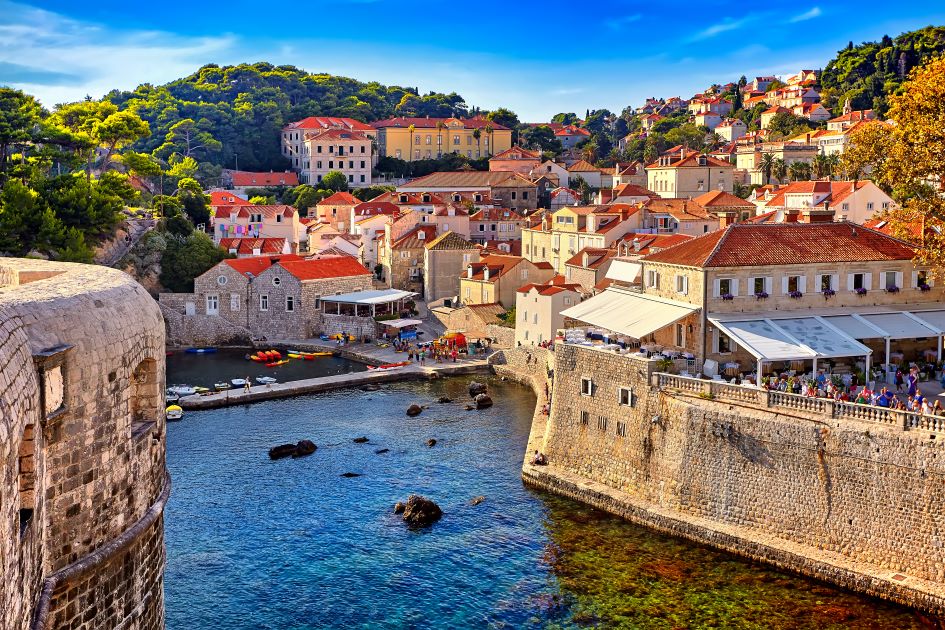
Dubrovnik, with its blend of history, natural beauty, and maritime allure, is a dream destination for yacht charters in Croatia. Navigating the Adriatic waters and exploring the cultural treasures ashore make for an unforgettable sailing experience in this enchanting part of the world.




